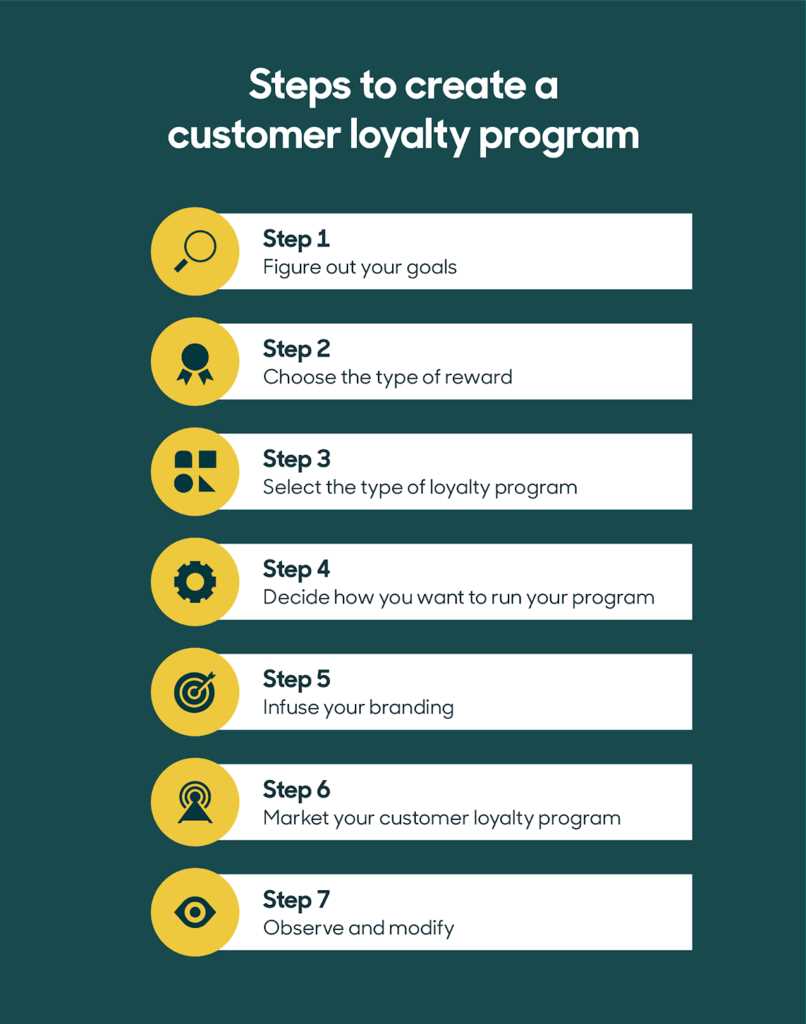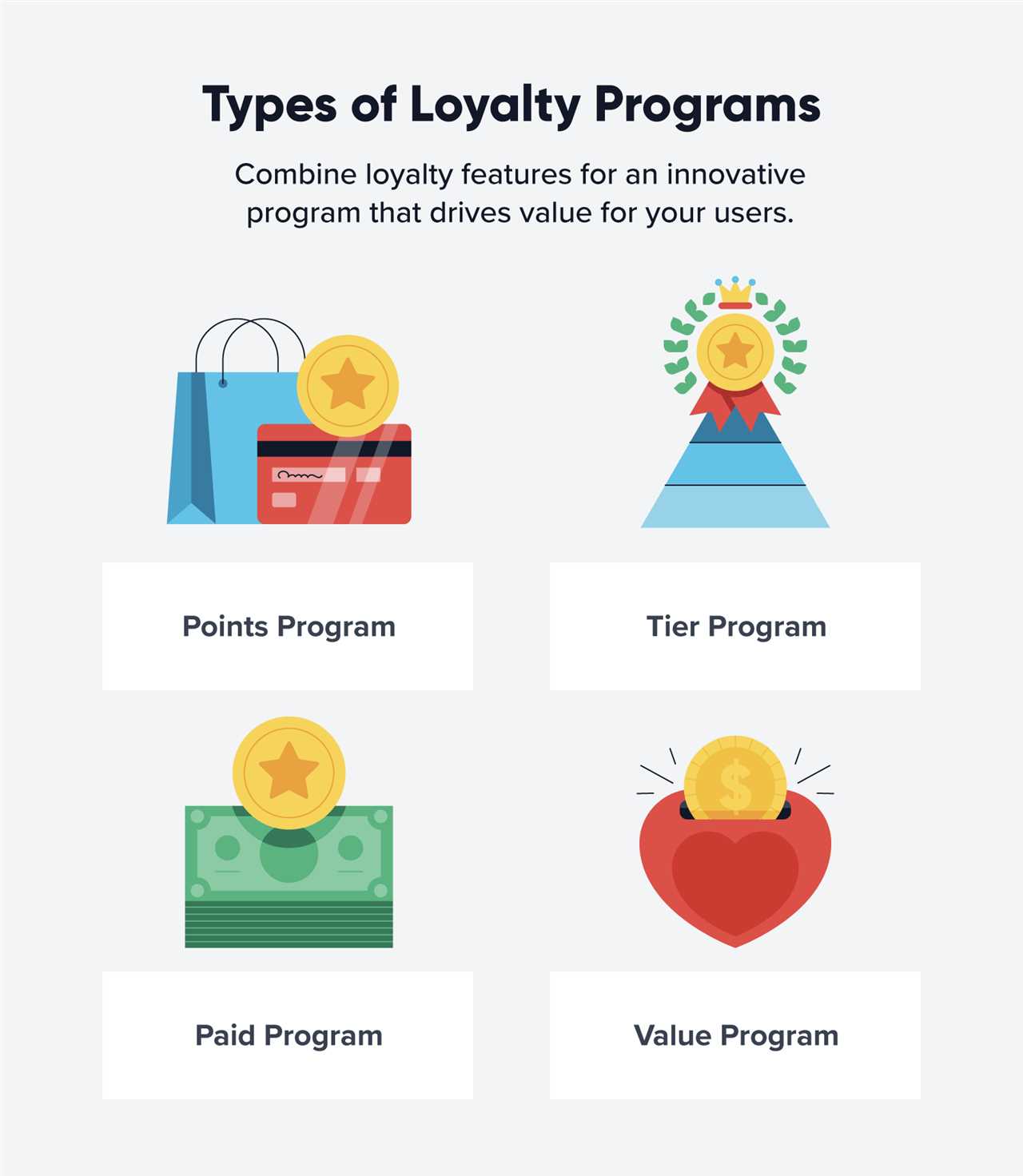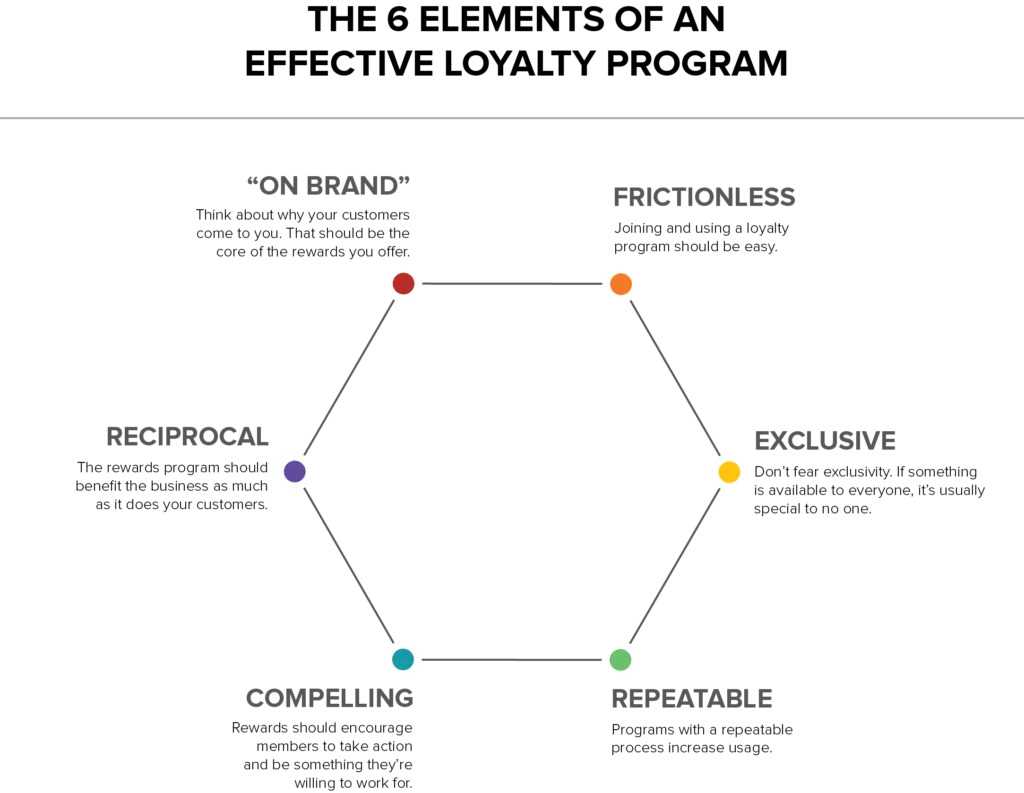Loyalty Program: Definition and Purposes
A loyalty program is a marketing strategy implemented by businesses to encourage customers to make repeat purchases and remain loyal to the brand. It involves offering rewards, incentives, and exclusive benefits to customers who consistently choose to engage with the company.
The main purpose of a loyalty program is to build strong and long-lasting relationships with customers. By providing added value and personalized experiences, businesses aim to increase customer retention, foster brand loyalty, and ultimately drive revenue growth.
There are several key purposes of implementing a loyalty program:
- Customer Retention: A loyalty program helps businesses retain existing customers by rewarding them for their continued support. By offering incentives and rewards, businesses can encourage customers to choose their brand over competitors.
- Brand Loyalty: Loyalty programs are designed to foster brand loyalty. By providing exclusive benefits and personalized experiences, businesses can create a sense of belonging and emotional connection with their customers, making them more likely to choose the brand repeatedly.
- Data Collection and Analysis: Loyalty programs provide businesses with valuable customer data, including purchase history, preferences, and demographics. This data can be used to gain insights into customer behavior, improve marketing strategies, and personalize the customer experience.
- Word-of-Mouth Marketing: Satisfied and loyal customers are more likely to recommend a brand to their friends and family. By implementing a loyalty program, businesses can leverage the power of word-of-mouth marketing, as loyal customers become brand advocates and spread positive reviews.
What is a Loyalty Program?
A loyalty program is a marketing strategy implemented by businesses to encourage customers to continue purchasing their products or services. It is a way for companies to reward and retain loyal customers, ultimately increasing customer satisfaction and driving repeat business.
Key Elements of a Loyalty Program
There are several key elements that make up a loyalty program:
- Rewards: Loyalty programs typically offer rewards to customers who participate. These rewards can come in various forms, such as discounts, free products or services, exclusive access to events or promotions, or points that can be redeemed for future purchases.
- Membership: Customers usually need to sign up for a loyalty program to become eligible for rewards. This allows businesses to track customer behavior and preferences, gather valuable data, and personalize offers and communications.
- Tiered Structure: Some loyalty programs have tiered structures, where customers can earn different levels of rewards based on their level of engagement or spending. This encourages customers to strive for higher tiers, creating a sense of achievement and exclusivity.
- Communication: Effective communication is crucial for a loyalty program’s success. Businesses need to regularly engage with their loyalty program members through targeted emails, personalized offers, and updates on new rewards or promotions.
- Data Analysis: Loyalty programs generate valuable data that businesses can analyze to gain insights into customer behavior, preferences, and purchasing patterns. This data can be used to refine marketing strategies, improve customer experiences, and drive business growth.
Overall, a loyalty program is a powerful tool for businesses to build strong relationships with their customers, increase customer loyalty, and drive repeat business. By offering rewards, personalized experiences, and effective communication, businesses can create a sense of value and appreciation, ultimately fostering long-term customer loyalty.
Purposes of a Loyalty Program

A loyalty program is a marketing strategy designed to encourage customers to continue purchasing from a particular business or brand. It aims to build customer loyalty and increase customer retention by offering rewards, incentives, and exclusive benefits to loyal customers.
1. Retaining Existing Customers
One of the main purposes of a loyalty program is to retain existing customers. By offering rewards and incentives, businesses can encourage customers to continue purchasing from them instead of switching to a competitor. Loyalty programs create a sense of exclusivity and make customers feel valued, which increases their loyalty to the brand.
2. Increasing Customer Engagement

A loyalty program also aims to increase customer engagement. By offering rewards and incentives, businesses can motivate customers to actively participate in the program. This can include activities such as making repeat purchases, referring friends, writing reviews, or participating in social media campaigns. Increased customer engagement leads to a stronger connection between the customer and the brand.
3. Driving Repeat Purchases

Another purpose of a loyalty program is to drive repeat purchases. By offering rewards and incentives, businesses can encourage customers to make repeat purchases and increase their overall spending. Loyalty programs often use a points-based system where customers earn points for each purchase, which can then be redeemed for rewards or discounts on future purchases.
4. Collecting Customer Data
A loyalty program also provides businesses with the opportunity to collect valuable customer data. By tracking customer purchases and preferences, businesses can gain insights into their customers’ buying behavior and preferences. This data can then be used to personalize marketing campaigns, improve product offerings, and enhance the overall customer experience.
5. Creating Brand Advocates
Lastly, a loyalty program aims to create brand advocates. By offering exclusive benefits and rewards, businesses can turn loyal customers into advocates who actively promote the brand to their friends and family. Word-of-mouth recommendations from satisfied customers can be a powerful marketing tool and can help attract new customers to the business.
How a Loyalty Program Works
A loyalty program is a marketing strategy that aims to encourage customer loyalty and repeat business. It works by offering rewards, incentives, and exclusive benefits to customers who frequently engage with a particular brand or business.
When a customer joins a loyalty program, they typically receive a membership card or account that tracks their purchases and activities. This allows the business to collect data on customer behavior and preferences, which can be used to personalize future offers and promotions.
There are several ways in which a loyalty program can work:
Points-Based System
One common method is a points-based system, where customers earn points for each purchase they make. These points can then be redeemed for discounts, free products, or other rewards. The more points a customer accumulates, the greater the rewards they can receive.
Tiered System
Another approach is a tiered system, where customers are placed into different tiers or levels based on their level of engagement or spending. Each tier offers different benefits and rewards, with higher tiers typically offering more exclusive perks. This system encourages customers to strive for higher tiers and increases their sense of loyalty and status.
For example, a tiered loyalty program might have three levels: Silver, Gold, and Platinum. Silver members may receive basic rewards such as discounts, while Gold members might have access to exclusive events or early access to new products. Platinum members, on the other hand, may receive personalized offers and dedicated customer service.
Membership Fees
Some loyalty programs require customers to pay a membership fee in order to join. In return, members receive special benefits and privileges that non-members do not have access to. This approach can be particularly effective for businesses that offer premium products or services.
Regardless of the specific structure, a successful loyalty program should be easy to understand and participate in. Customers should feel that the rewards are valuable and attainable, and that their loyalty is being recognized and appreciated by the business.
Overall, a loyalty program can be a powerful tool for businesses to increase customer retention, drive repeat purchases, and foster long-term relationships with their customers. By offering incentives and rewards, businesses can create a sense of loyalty and encourage customers to choose their brand over competitors.

Emily Bibb simplifies finance through bestselling books and articles, bridging complex concepts for everyday understanding. Engaging audiences via social media, she shares insights for financial success. Active in seminars and philanthropy, Bibb aims to create a more financially informed society, driven by her passion for empowering others.
